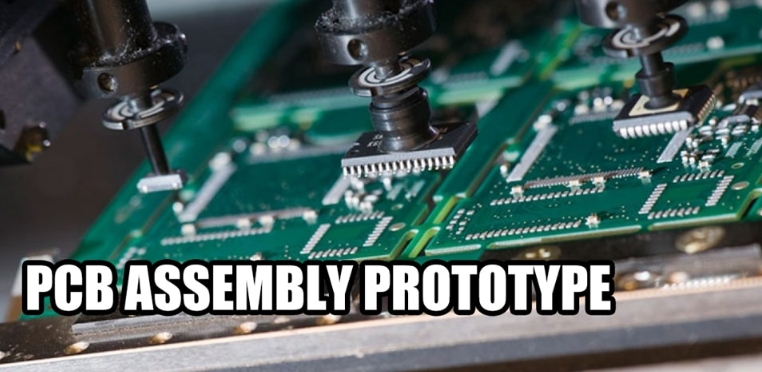Creating a prototype printed circuit board (PCB) assembly is a crucial step for startups developing electronic products. Here is a general guide to help you through the process:

1.Design Your PCB:
Create a schematic diagram of your circuit using PCB design software.
Convert the schematic into a PCB layout, considering factors like component placement, signal integrity, and thermal management.
2.Choose Components:
Select electronic components based on your design specifications and availability.
Consider sourcing components from reputable suppliers to ensure quality.
3.Create Gerber Files:
Generate Gerber files from your PCB design. These files are essential for manufacturing and include information about the PCB layers, components, and solder mask.
4.Select a PCB Manufacturer:
Research and choose a PCB manufacturer that fits your budget and requirements.
Consider factors such as lead time, production capabilities, and the types of PCBs they specialize in.
5.Order PCBs:
Place an order for a small batch of prototype PCBs. Some manufacturers offer prototyping services with faster turnaround times.
6.Procure Components:
Order the electronic components needed for your PCB assembly. Verify component availability and lead times.
7.Assemble PCBs:
Choose a method for PCB assembly based on your budget and needs:
Hand Soldering: Suitable for small quantities.
Machine Assembly (PCBA): Faster and suitable for larger quantities.
8.Quality Control:
Implement a quality control process to check for assembly errors, soldering defects, and component placement issues.
Perform a visual inspection and use testing equipment (multimeter, oscilloscope) to verify the functionality of critical components.
9.Functional Testing:
Develop a testing plan to validate the functionality of your prototype.
Test key features and ensure the prototype meets design specifications.
10.Iterate and Revise:
If issues are identified during testing, revise your design and repeat the process.
Iterative testing and improvement are crucial for refining your product.
11.Documentation:
Document the entire assembly process, including any changes made during testing.
This documentation will be valuable for future reference and for scaling up production.
12.Scale Up:
Once your prototype is successful, you can consider scaling up production for larger quantities.
Remember that flexibility and adaptability are key during the prototyping phase. Expect to make changes to your design and assembly process as you uncover issues and refine your product.
Get more knowledge about Prototype PCB assembly for startups please refer to Rigaopcb:https://www.rigaopcb.com/